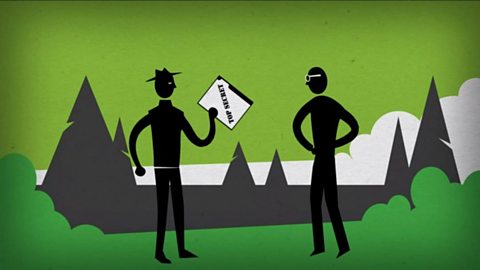Pronouns
Subject pronouns - je, tu, il
Subject pronouns are used to replace a noun, which is the subject of the verb. Find out more about the pronouns je, tu and il.

Direct object pronouns - me, te, le
A direct object pronoun replaces a noun that is the object in a sentence, eg I throw the ball becomes I throw it. Learn more about the pronouns me, te and le.

Indirect object pronouns - lui, leur
Indirect object pronouns replace the names of people or nouns that come after the preposition à (to). Find out more about using the pronouns lui and leur.

Stressed pronouns - moi, toi, lui
Stressed pronouns can be used on their own, after prepositions, for emphasis, or after à to show belonging. Learn more about moi, toi and lui.

Possessive pronouns - le mien, le tien, le sien
Possessive pronouns replace a noun when it is not repeated and they agree with the thing that they describe. Learn more about pronouns like le mien, le tien and le sien.

Relative pronouns - qui, que, dont
A relative pronoun is a word used to link two parts of a sentence together when referring to something mentioned at the start. Find out more about pronouns like qui, que and dont.

Demonstrative pronouns - celui
A demonstrative pronoun is used when the words âthisâ or âthatâ are not followed by a noun. Find out how to use French demonstrative pronouns like celui.

Pronouns - y and en
Y means 'there'. En means 'of them', 'of it' or 'some'. Learn more about how to use these pronouns in sentences.
